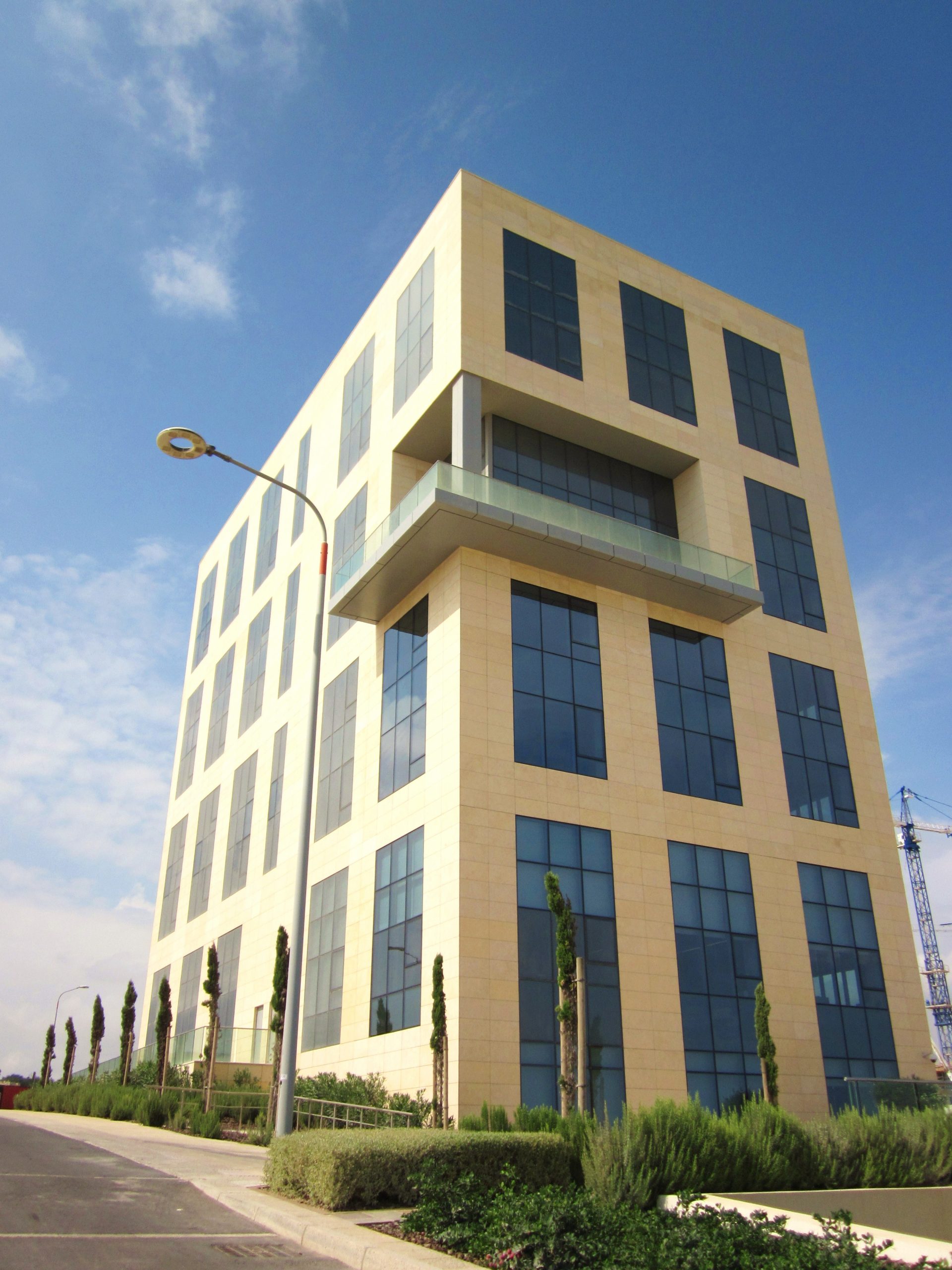Smart building: Building bridges between IT and facilities
Building organizational bridges across the enterprise is critical to ensure successful IoT deployments.
 The first office block constructed at Smart City, Malta. (source: Wikimedia)
The first office block constructed at Smart City, Malta. (source: Wikimedia)
With the proliferation of IoT-enabled systems and devices across the physical environment, the IoT is already embedded in the enterprise, often deep inside the industrial infrastructure. Generating terabytes of data, sensor-laden objects — lighting, HVAC systems, thermostats, beacons, and others — justify their cost based on the business benefits alone. Whether for energy savings, process efficiency, worker tracking, threat detection, or other purposes, facilities engineering teams are procuring these sensors and systems to address business needs. The challenge? Buildings are getting smarter without explicit or intentional involvement from IT, creating missed opportunities to leverage these assets and their data, and to align with a broader IT strategy.
While IT focuses on the computing and network infrastructure rather than the physical environment, facilities teams are deploying a new layer of smart devices across the infrastructure, without thinking that these objects are actually a series of data-generating nodes on the corporate network. To extract maximum value from these new, smart, networked devices, organizations need to redefine the historically challenged relationship between facilities and IT teams. While facility managers handle everything from plant operations, HVAC systems, maintenance teams, and snow removal, they are now also a new customer or partner for IT as buildings become instrumented. IT teams are subject matter experts and strategic partners that can ensure technology acquisitions within the physical environment will integrate with the other systems across the enterprise.
In fact, for the deployment of IoT technologies across the enterprise, there are obvious questions that IT is particularly well suited to address:
- How should organizations be thinking about IoT technology acquisitions?
- What kind of data will the system(s) generate?
- Who has access to the data?
- Who can benefit from access to the data?
- Who controls the data?
- Who manages the integration of that data across systems?
- What standards will be supported for data and network integrations?
- Who has long-term responsibility for IoT within the enterprise — infrastructure, network security, standards, ensuring maximum business value?
- What is the system of record — an enterprise resource planning (ERP) system or building management system (BMS)?
- What are the KPIs that are being tracked?
- How are smart building and smart systems managed?
- What does the roadmap to integrating the IoT and smart building look like?
- How is the value of these new systems shared across business units and/or departments?
In our experience working with large commercial and industrial customers to implement intelligent LED lighting networks — wireless networks of smart, sensor-laden LED fixtures with a software back end — we typically engage with the facilities teams, safety, health and environment manager(s), and/or corporate energy engineers. These teams are charged with driving energy efficiency as a strategic imperative and competitive advantage, safety, and meeting corporate social responsibility (CSR) goals. They come to us for energy savings and rapid payback, and typically find the long-term value from the system’s ability to manage lighting to support business processes and schedules, and to gather insight about facility operations from the sensor data provided by the lighting system. In many situations, IT is consulted for network access, which is a single transaction, and the interaction between the teams stops there. A missed opportunity.
In other organizations, we see collaborative, next-generation relationships that serve as best practice models and roadmaps for other organizations. In these engagements, the enterprise is more IoT-savvy, and the conversation between the groups is different. The line of business is focused on energy efficiency, safety, and CSR goals, as well as in how the data from the new lighting system can be correlated to manufacturing throughput data, or compared to other sites in other regions to compare energy intensity and output. Or they are tapping into the system’s ability to monitor other non-lighting loads and considering how to use the API to integrate that data with their BMS or ERP for reporting. And they are engaging with IT to guide them and help extract every iota of value from the rich data assets to which they now have access via the lighting network.
Typically, the facility team initially makes the decision to deploy the IoT-based lighting system to meet efficiency and sustainability goals, but the system and its data are providing enterprise-wide value, and IT is critically important in tapping into that value. That data can be integrated with the the ERP, BMS, and CSR software for comprehensive tracking in the organization’s systems of record — now and for future reference. And it can be used to help business leaders make informed, data-driven decisions about resource allocation, staffing schedules, equipment utilization, merchandise and inventory placement, and more.
The future where all buildings and municipal infrastructure will be smart — sensor-rich, connected, data-generating, controllable, efficient, and responsive — is almost here. While technology companies are jockeying for ownership of primary IoT interfaces, protocols, standards, and APIs, and racing to provide compelling solutions, there is work to be done in the enterprise. Building the organizational bridges across the enterprise is critical to ensure successful IoT deployments. And the organizations that are aligned to take full advantage of the opportunities will be far ahead of the pack.
Public domain image on article and category pages via The British Library on Flickr.
